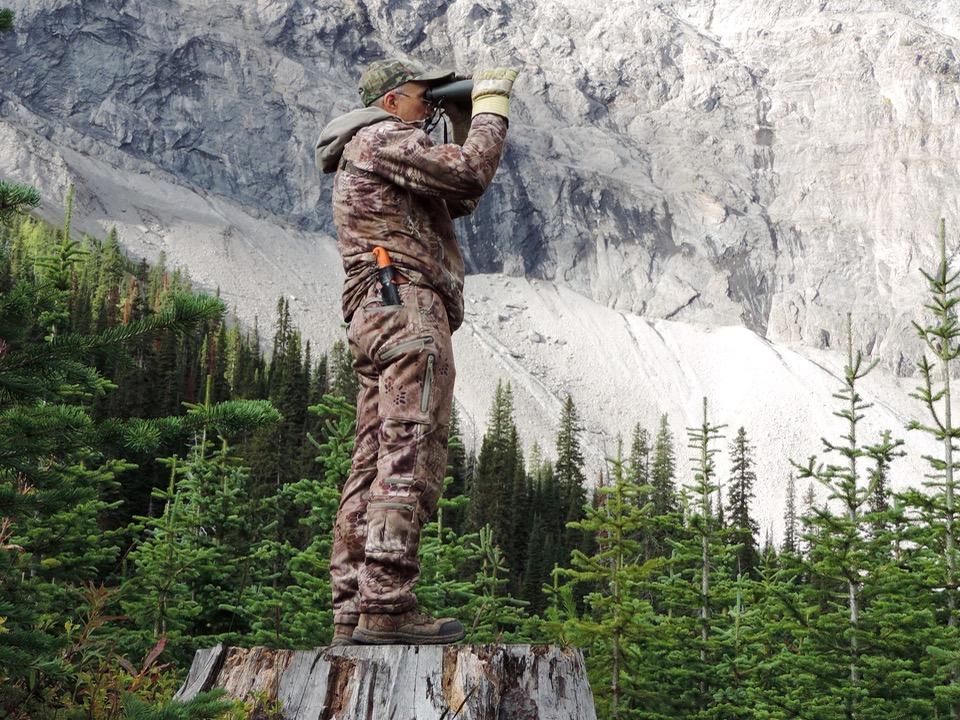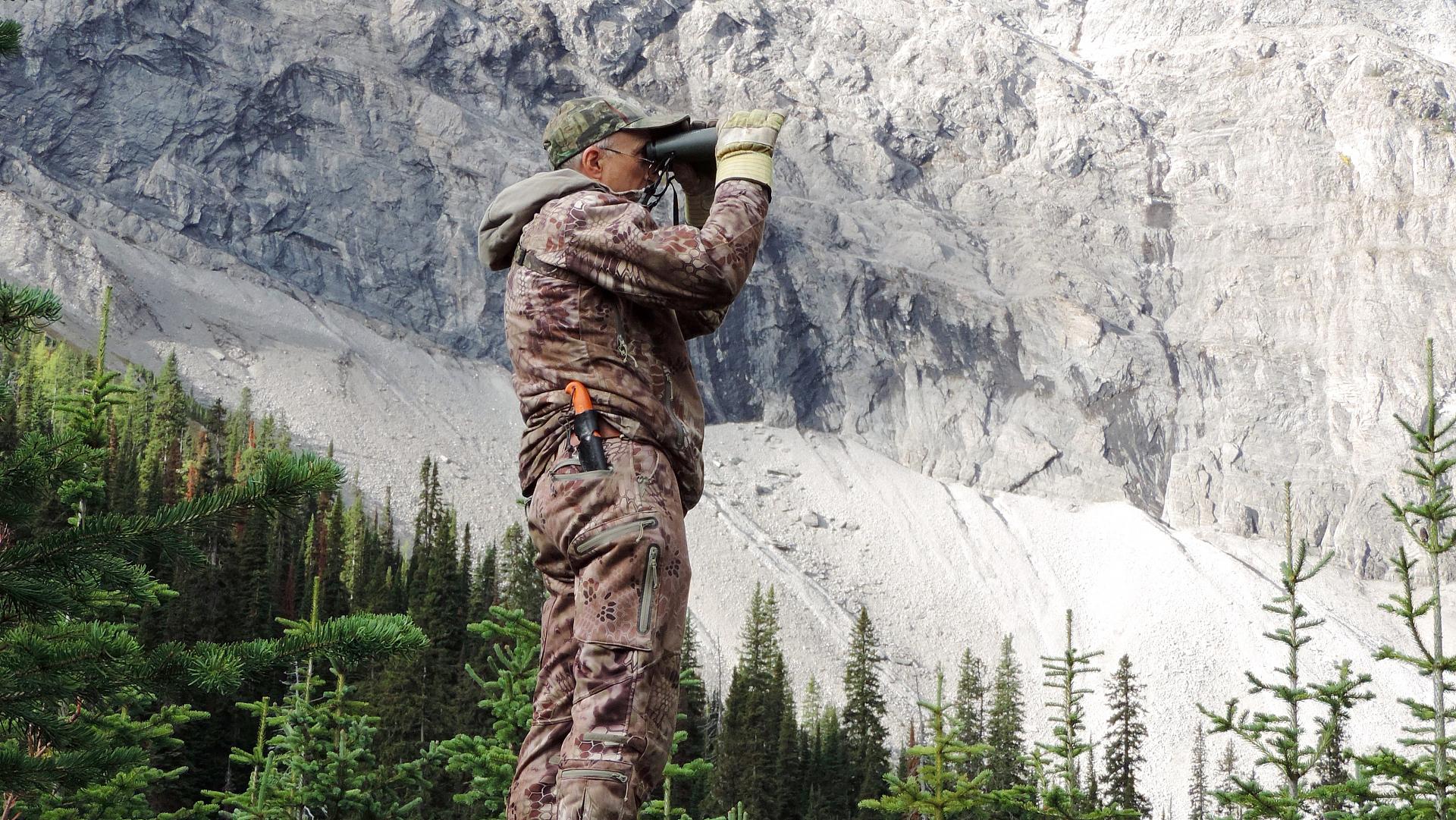Finding binos
An up-close look at your best bets for buying new binoculars
Advertisement
It’s a gross understatement to say we rely on our vision when hunting. Our senses of hearing and even smell help us out now and then, but it’s our eyes we depend on most. And in many situations, our eyesight becomes even more effective with the aid of binoculars. They help us find and assess game, identify weird-looking objects on the landscape and differentiate between different animal tracks in the mud across the creek, for example.
Despite our reliance on binoculars, however, they remain very much a mystery. What’s inside them and how do they work, exactly? What makes some models better than others? Few understand these optical marvels very well, leading to poor purchasing decisions and, ultimately, missed hunting opportunities. Here are the main factors you should consider.
Advertisement
What size is best?
Binoculars come in four basic sizes: compact, midsize, full-size and very large. With few exceptions, you should narrow your choice to the mid- or full-sized models. Very large binoculars—those with an objective (front) lens larger than 50mm—have a place in wide open or mountainous country when you don’t want to carry both a spotting scope and binoculars. For most hunting needs, however, they’re too bulky and heavy to be practical. Plus, decent ones cost a lot.
Conversely, compact pocket-sized binoculars, with 20- to 25mm objective lenses, lack the clarity and brightness that larger objectives provide. Even an expensive compact doesn’t measure up to the brightness and clarity of less-costly mid- or full-size binoculars. One of the chief reasons for this is what’s known as the “exit pupil,” which can be thought of as the size of the image that passes through your binoculars to your eye.
Advertisement

Large binos excel in the mountains
To determine the size of an exit pupil, divide the objective lens diameter (in millimetres) by the magnification. For example, 8×40 binoculars would have a 5mm exit pupil. In daylight, a 5mm exit pupil delivers all the light your eye can accept, and more than enough if you’re over the age of 40, when your pupils dilate less. So, what binocular size is best? For most typical Canadian hunting situations, power from 7x to 10x coupled with an objective lens of 40 to 42mm is the most practical.
Which prism is best?
Images emerge from the objective lens upside down and backwards, but that’s not what you see thanks to prisms: pieces of glass inside binoculars that flip the image for you. Prisms also serve to shorten the length of binoculars by bouncing the image off the reflective surfaces, compressing the distance it travels. Without this, 10x binoculars would need to be about 20 inches long, for example.
There are two types of prisms in binoculars. Porro prism binoculars are those with a dogleg bend, and they’ve been around since the 1850s. Roof prisms didn’t emerge until the 1960s, and they require a dielectric mirror, which generally adds to the cost, and slightly reduces light efficiency.
Cost aside, one advantage of porro prisms is they spread the objective lenses farther apart than the eyepieces, creating a stereoscopic effect for better depth perception. Porro prisms have lost favour among many hunters, however. Some of the reasons are unfounded. They’re difficult to waterproof? Not really. They’re easier to knock out of alignment? Not under typical use.
Granted, porro prism binos aren’t as compact or cool looking as their roof prism counterparts. That said, some of the best optics manufacturers in the world make porro prism binoculars. And all else being equal, you can get the same or even better optical performance at a better price than you can with roof prism binos.
What price is best?
The short answer is as much as you can reasonably afford—to a point. Up to about $1,000, you get a meaningful increase in performance the more you spend. Pay more than that, you’ll generally still get a better product, but the law of diminishing returns comes into effect. Decent roof prism binoculars will cost you at least $300, while good porro prism binos start at about $150 (although they look like your grandpa’s binoculars). Germany and Austria are reputed to make the very best hunting binoculars, but don’t turn up your nose at models from the U.S., Japan and even China—the quality of optical manufacturing across the board has never been better.

